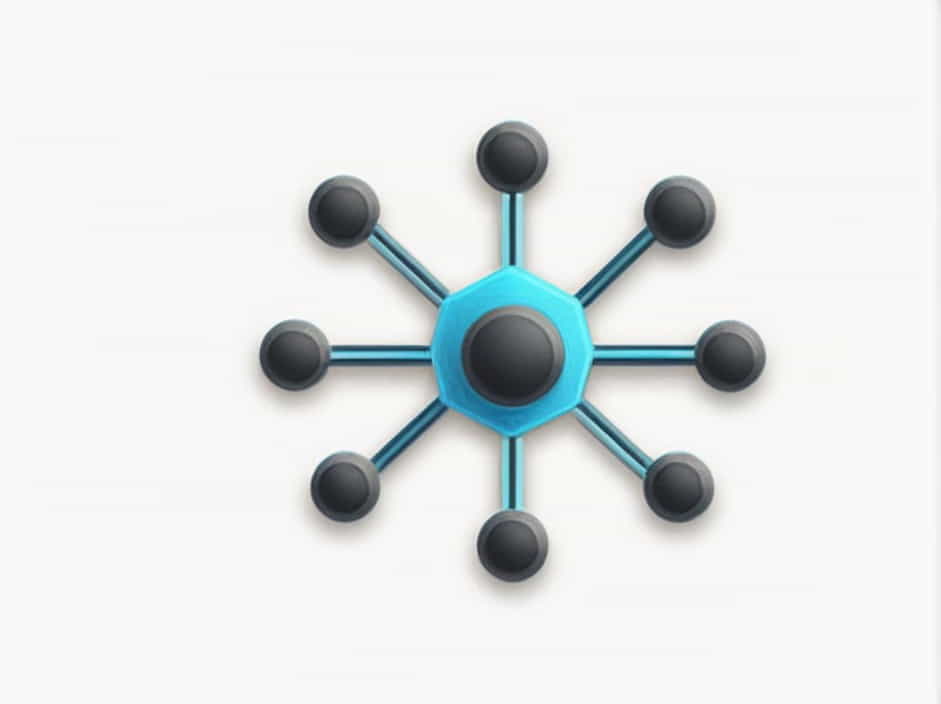Cells are the fundamental units of life, and their structure is maintained by a complex system of threadlike proteins known as the cytoskeleton. This network provides support, shape, and movement for cells, ensuring they function efficiently.
The cytoskeleton is found in both prokaryotic and eukaryotic cells, playing a crucial role in cell division, intracellular transport, and maintaining cellular integrity. This topic will explore the composition, functions, and importance of the cytoskeleton, along with how it contributes to overall cellular health.
What is the Cytoskeleton?
The cytoskeleton is a dynamic network of protein filaments that extends throughout the cytoplasm of a cell. It acts like a scaffold, helping cells maintain their shape while also allowing for movement and communication.
Key Features of the Cytoskeleton
- Composed of three main types of protein filaments
- Provides structural support for the cell
- Helps with intracellular transport of organelles and molecules
- Plays a role in cell division and signaling
- Can quickly reorganize in response to cellular needs
Types of Cytoskeletal Filaments
The cytoskeleton consists of three major types of filaments:
1. Microfilaments (Actin Filaments)
- Structure: Thin, threadlike filaments made of actin proteins
- Function: Provides cell shape, movement, and division
- Examples: Found in muscle cells, where they help with contraction
Microfilaments are the thinnest filaments of the cytoskeleton but are incredibly strong. They play a vital role in cell motility, allowing cells to move and change shape.
2. Intermediate Filaments
- Structure: Rope-like fibers made of keratin, vimentin, and lamin
- Function: Provides mechanical strength and stability
- Examples: Found in skin, hair, and nails, giving them durability
Intermediate filaments are stronger than microfilaments and help cells resist stress and stretching. They are particularly important in tissues that experience mechanical stress, such as the skin.
3. Microtubules
- Structure: Hollow tubes made of tubulin proteins
- Function: Helps in cell division, transport, and movement
- Examples: Forms cilia and flagella, which help cells move
Microtubules are the largest cytoskeletal filaments and are essential for moving organelles and vesicles within cells. They also form the mitotic spindle, which helps separate chromosomes during cell division.
Functions of the Cytoskeleton
The cytoskeleton is more than just a structural framework—it is involved in multiple essential cellular processes.
1. Maintaining Cell Shape
The cytoskeleton acts like a skeleton for the cell, keeping it rigid and structured. Different filaments work together to ensure cells maintain their unique shape while allowing flexibility.
2. Facilitating Cell Movement
Cells can move using specialized structures, such as:
- Pseudopodia – Extensions of the cytoplasm supported by actin filaments
- Cilia and flagella – Hair-like structures powered by microtubules for movement
- Actin polymerization – Helps immune cells chase and engulf pathogens
3. Aiding in Intracellular Transport
Cells need an efficient system to transport materials like proteins, organelles, and nutrients. Microtubules act as highways for movement, allowing vesicles to travel across the cytoplasm.
4. Assisting in Cell Division (Mitosis and Meiosis)
During cell division, the mitotic spindle (made of microtubules) ensures that chromosomes are evenly distributed to daughter cells. This prevents genetic errors and ensures proper cell function.
5. Responding to Environmental Changes
The cytoskeleton is highly dynamic, meaning it can quickly reorganize in response to signals, stress, or injury. This ability allows cells to adapt and survive in changing environments.
How the Cytoskeleton Contributes to Cellular Health
A well-functioning cytoskeleton is essential for cell survival and overall health. Here’s how it plays a role in different aspects of biology:
1. Immune System Function
- White blood cells (WBCs) use the cytoskeleton to move and engulf pathogens.
- Microfilaments help form phagocytic vesicles, trapping harmful invaders.
2. Nervous System Communication
- Microtubules transport neurotransmitters within nerve cells.
- Defects in cytoskeletal function are linked to neurodegenerative diseases like Alzheimer’s.
3. Wound Healing and Tissue Repair
- The cytoskeleton reorganizes rapidly to help cells migrate to the wound site.
- Actin filaments allow skin cells to close wounds and regenerate tissue.
Diseases Linked to Cytoskeletal Dysfunction
When the cytoskeleton is damaged or defective, it can lead to serious diseases, including:
1. Cancer
- Cancer cells manipulate the cytoskeleton to become more mobile, allowing them to spread (metastasize).
2. Neurodegenerative Disorders
- Diseases like Parkinson’s and Alzheimer’s are linked to defective microtubules and protein aggregation.
3. Muscular Dystrophy
- A condition where muscle cells lose cytoskeletal integrity, leading to muscle weakness.
Understanding these diseases helps researchers develop targeted treatments that can restore cytoskeletal function.
How to Keep Cells and Their Cytoskeleton Healthy
Since the cytoskeleton is vital for cell function and longevity, maintaining cellular health is crucial. Here are some tips:
1. Maintain a Balanced Diet
- Consume protein-rich foods to support cytoskeletal proteins.
- Include antioxidants to prevent oxidative damage to cells.
2. Exercise Regularly
- Physical activity strengthens cytoskeletal structures in muscle and bone cells.
3. Stay Hydrated
- Water helps maintain cytoplasmic fluidity, ensuring proper cytoskeletal function.
4. Avoid Toxins and Pollutants
- Environmental toxins can disrupt cytoskeletal proteins, leading to cellular damage.
The cytoskeleton is a network of threadlike proteins that provides support, movement, and organization to cells. It consists of microfilaments, intermediate filaments, and microtubules, each with unique functions.
Beyond structural support, the cytoskeleton is involved in intracellular transport, immune function, and tissue repair. It also plays a crucial role in disease prevention, making it a vital component of cellular health.
By maintaining a healthy lifestyle, we can ensure that our cells, and their cytoskeleton, continue to function efficiently, promoting overall well-being and longevity.
